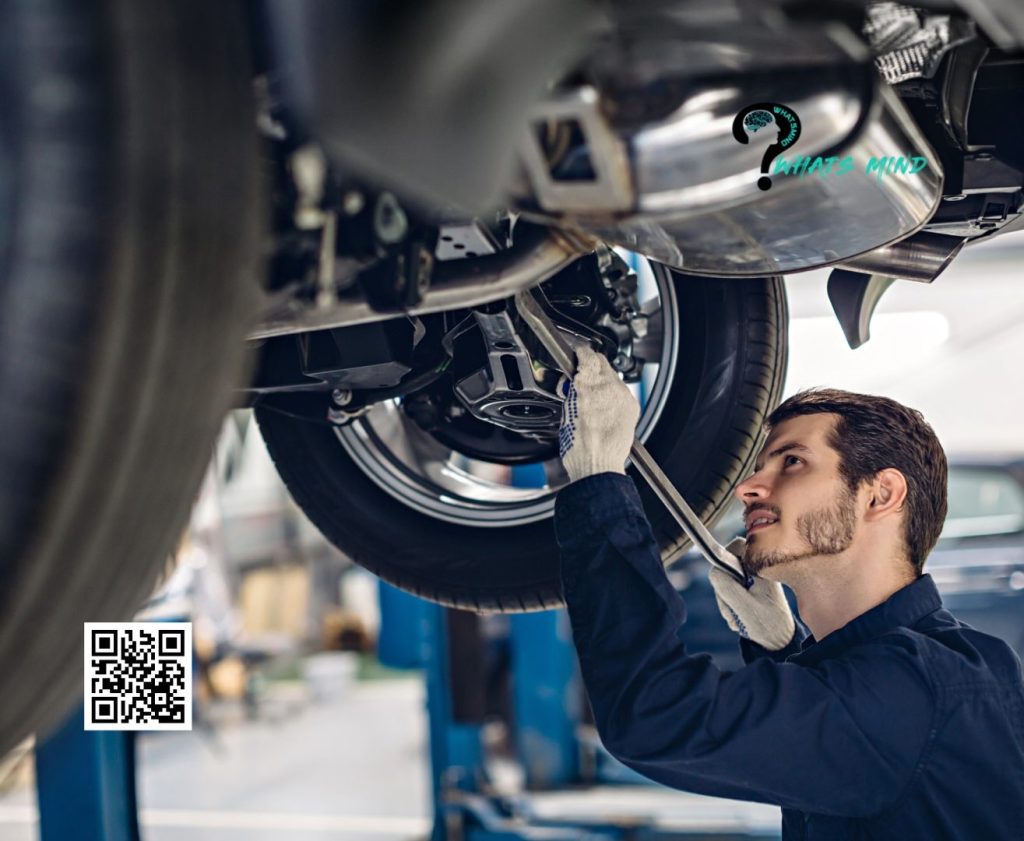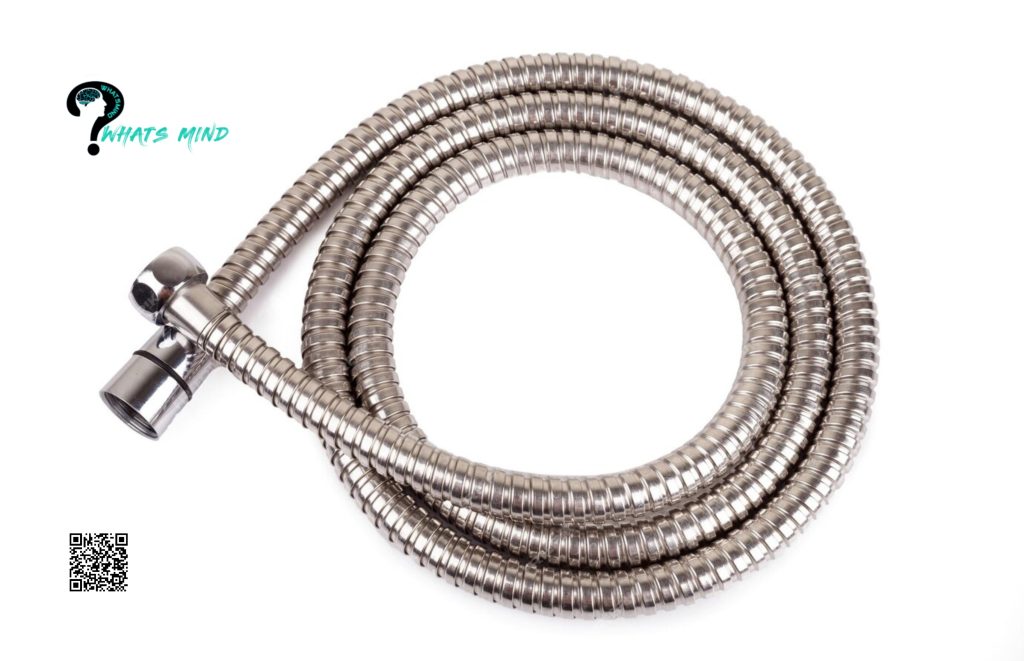Tranny Tube: All You Need to Know
The tranny tube of a car is a critical component in transferring power from the engine to the wheels. Owners and enthusiasts of motor vehicles would benefit significantly from thoroughly understanding their vehicles’ many parts and systems. The purpose, care, and typical problems of automobile tranny tubes will be discussed in this article.
Table of Contents
What is a Car Tranny Tube?
A transmission tube, or tranny tube, is an essential component of a car’s transmission system. A metal tube or cylinder runs from the transmission to places like the radiator and oil cooler. Its principal function is to regulate transmission temperature by rerouting transmission fluid from the information to the cooler.
Function of a Car Tranny Tube:
A car’s tranny tube is an essential component in the cooling of the transmission fluid. Transmission overheating can be avoided by exposing the liquid to air or coolant as it moves through the tube.
Transmission fluid traveling through the tube acts as a lubricant, protecting moving parts like gears, clutches, and bearings from wear and tear.
Types of Tranny Tube

Standard Tubes:
Aluminum, steel, and plastic are just a few materials you can choose from. They are made to accommodate a wide range of automobiles and are popular.
High-performance Tubes
More power can be handled and used effectively by high-performance tubes than by a regular tranny tube. These are more robust materials than standard tubes, such as steel or titanium, and perform better.
Custom Tubes
Custom tranny tubes are manufactured to suit the dimensions of your vehicle and your specifications. These tubes have the highest standards of performance and adaptability.
If you want your automobile to perform better, you can pick from various options that meet your specific demands.
Benefits of using a tranny tube
This tube has many benefits. Some of them are below:
- They can, first and foremost, reduce gas use. A transaxle to share power from the engine with the wheels allows more enough propulsion.
- It has the potential to reduce emissions and increase fuel efficiency.
- Tubes can also reduce the likelihood of wheel hopping when driving on uneven terrain or in wet and snowy circumstances. They can also make moving easier when mired in sand or mud.
- With all the benefits of tranny tube, shemale tube is also for automobiles. It is also a wire which is exceptional in keeping the automobile engine running.
Maintenance Tips:
The following preventative measures can help your car’s tranny last as long as possible and perform at its best:
Regular Inspection
Inspect the tranny tube regularly for leaks, cracks, or other damage. It is crucial to have any problems with the transmission system fixed immediately upon discovery.
Fluid Checks:
Transmission fluid should be checked regularly as recommended by the vehicle manufacturer. The tubes and the transmission’s health depend on keeping the liquid at the right level and quality.
Fluid Flush and Replacement:
Flushing and replacing the fluid is recommended at regular intervals per the manufacturer. This includes the tube fluid. Doing so helps eliminate any pollutants that may have built up and keeps the transmission functioning optimally.
How to Choose the Right Tranny Tube

When shopping for a tranny tube, keep these things in mind:
Size:
Have the interior of your tranny measured before purchasing a tube. You need just the right size, not too little or too much.
Design:
There is a wide variety of tranny tubes. While others are more straight, some have a more
pronounced curvature. Try a search until you notice one that works for you.
Construction:
Glass and silicone are the two most common materials for tranny tubes. Silicone is typically more costly yet durable. Glass is cheaper but can easily be broken. Pick the fabric depending on your spending plan and requirements.
Common Issues:
Leaks are a typical issue with automobile tranny tubes. Loose connections, worn seals, and tube damage are all potential sources of fluid leakage. Transmission damage and improper vehicle operation can be avoided if leaks are fixed as soon as they are discovered.
Exposure to the elements might cause corrosion in the tube over time. The tube’s integrity can be compromised by corruption, which can then cause leaks or even breakage. Corrosion can be avoided or reduced if inspections and upkeep are performed routinely and proactively.
Conclusion:
The transmission’s tranny tube is responsible for circulating coolant and lubricant, two crucial functions. You can help your car’s transmission last longer if you know how it works, practice preventative maintenance, and deal with typical problems as soon as they arise. Routine inspections, fluid checks, and maintenance enhance vehicle performance and dependability.
Contact us at Gmail. For more info visit Whatsmind.com




